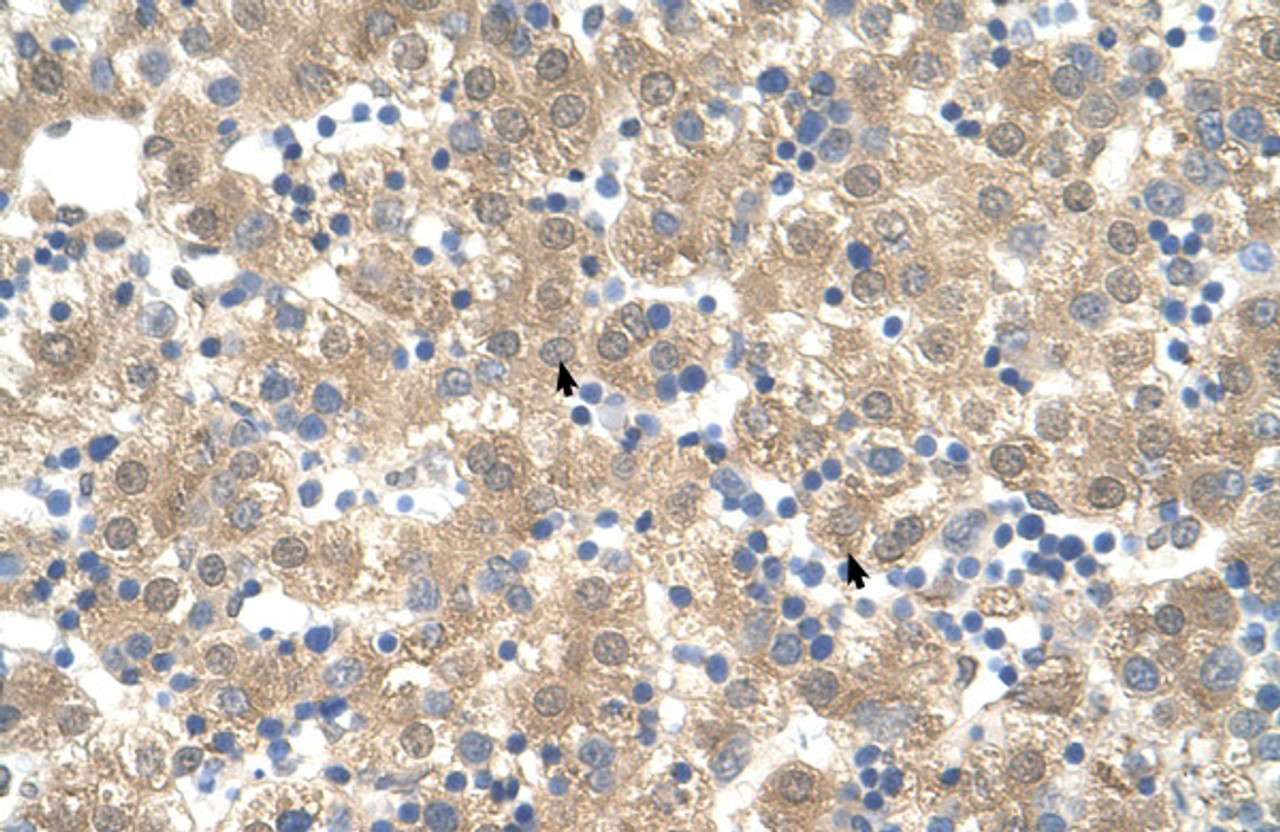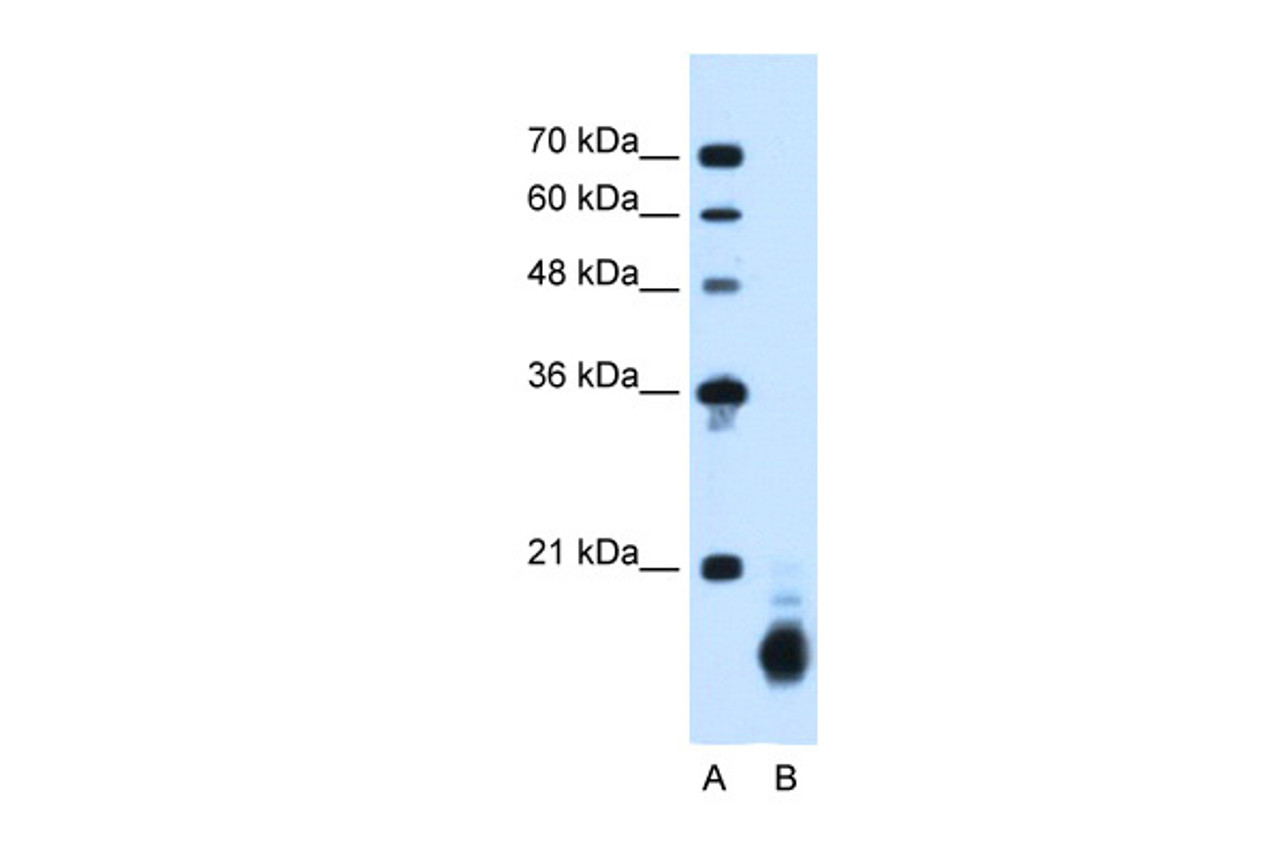Product Description
PPIB Antibody | 29-987 | ProSci
Host: Rabbit
Reactivity: Human, Mouse, Rat, Dog
Homology: N/A
Immunogen: Antibody produced in rabbits immunized with a synthetic peptide corresponding a region of human PPIB.
Research Area: Membrane, Signal Transduction
Tested Application: E, WB, IHC
Application: PPIB antibody can be used for detection of PPIB by ELISA at 1:312500. PPIB antibody can be used for detection of PPIB by western blot at 1.25 μg/mL, and HRP conjugated secondary antibody should be diluted 1:50, 000 - 100, 000.
Specificiy: N/A
Positive Control 1: Cat. No. 1211 - HepG2 Cell Lysate
Positive Control 2: N/A
Positive Control 3: N/A
Positive Control 4: N/A
Positive Control 5: N/A
Positive Control 6: N/A
Molecular Weight: 24 kDa
Validation: N/A
Isoform: N/A
Purification: Antibody is purified by protein A chromatography method.
Clonality: Polyclonal
Clone: N/A
Isotype: N/A
Conjugate: Unconjugated
Physical State: Liquid
Buffer: Purified antibody supplied in 1x PBS buffer with 0.09% (w/v) sodium azide and 2% sucrose.
Concentration: batch dependent
Storage Condition: For short periods of storage (days) store at 4˚C. For longer periods of storage, store PPIB antibody at -20˚C. As with any antibody avoid repeat freeze-thaw cycles.
Alternate Name: PPIB, CYP-S1, CYPB, MGC14109, MGC2224, SCYLP, OI9, HEL-S-39
User Note: Optimal dilutions for each application to be determined by the researcher.
BACKGROUND: PPIB is a cyclosporine-binding protein and is mainly located within the endoplasmic reticulum. It is associated with the secretory pathway and released in biological fluids. This protein can bind to cells derived from T- and B-lymphocytes, and may regulate cyclosporine A-mediated immunosuppression. Western blots using two different antibodies against two unique regions of this protein target confirm the same apparent molecular weight in our tests.The protein encoded by this gene is a cyclosporine-binding protein and is mainly located within the endoplasmic reticulum. It is associated with the secretory pathway and released in biological fluids. This protein can bind to cells derived from T- and B-lymphocytes, and may regulate cyclosporine A-mediated immunosuppression.
 Euro
Euro
 USD
USD
 British Pound
British Pound
 NULL
NULL












